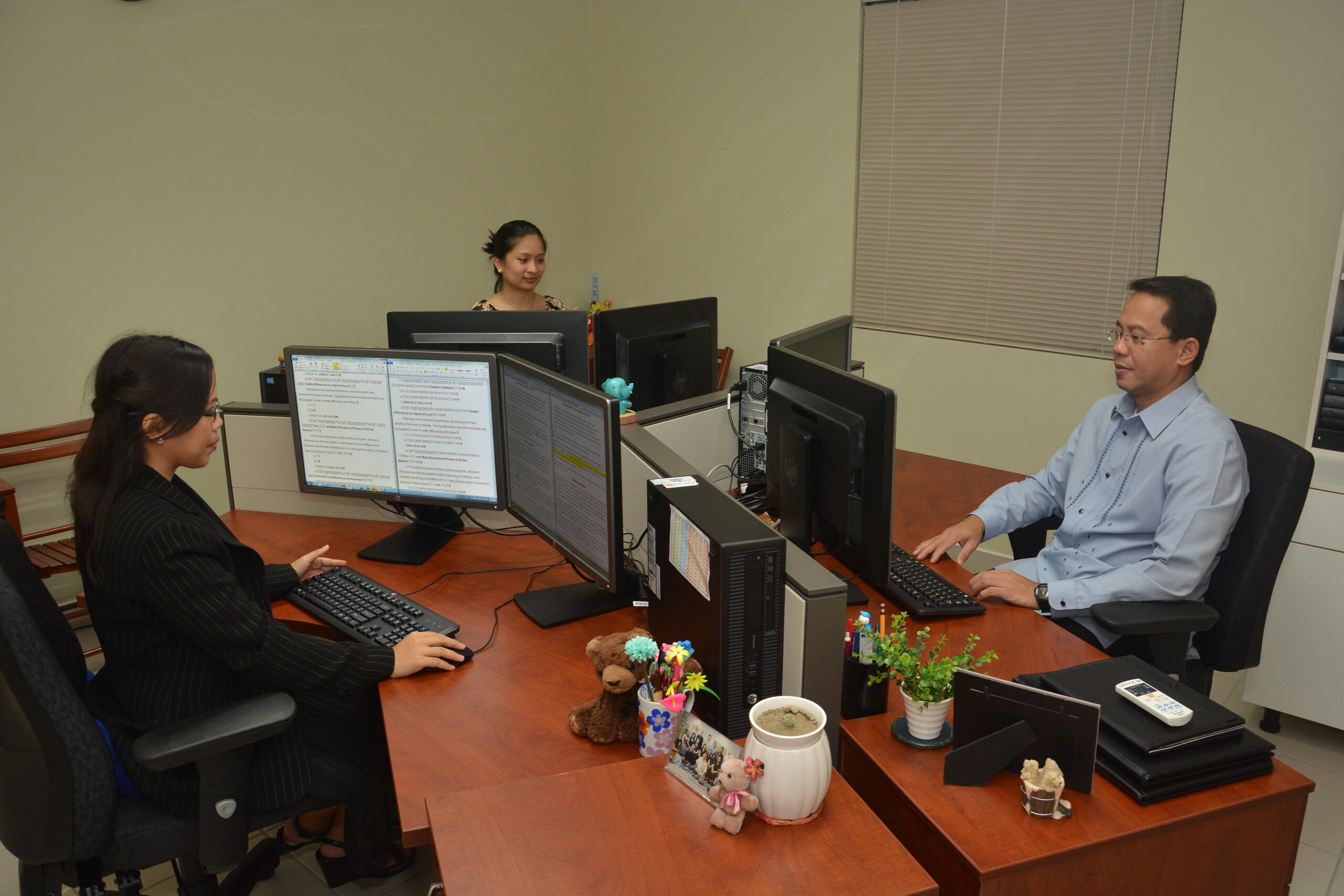
In an age of technological breakthroughs, artificial intelligence (AI) stands poised to assist in one of the most crucial tasks facing the church today: translating the Bible into the heart language of every people group on earth. Major Bible translation organizations have set aggressive goals to complete the task of making the Bible accessible to everyone without the barrier of learning another language, and AI could make that goal attainable in less time than we ever imagined.
Approximately 3,700 languages remain without Scripture, most of which present significant challenges to the translation task. Many have few, if any, printed resources available, making that job even more daunting.
For these languages, AI is catalyzing change, accelerating the translation cycle, and even enhancing the product’s quality. Using machine learning, whole Bible translations can be completed faster than at any other time in history.
Accelerated Translation Cycles
Before I go any further, I need to explain the role of AI in Bible translation. There’s much misunderstanding and confusion around this issue. We’re not talking about dropping the Greek New Testament text into a tool like ChatGPT or Google Translate and expecting it to output a polished translation in any language. This isn’t possible even for resource-rich languages like English, much less for small and low-resource languages.
Using machine learning, whole Bible translations can be completed faster than at any other time in history.
If we aren’t talking about cut-and-paste translation, how does AI contribute? One way is by leveraging AI models, trained on portions of Scripture already manually translated by humans, to provide a first draft of a full translation. That draft can then be used by translators to complete a final translation. In other words, previously translated portions of Scripture are used by AI to generate drafts of other portions of Scripture that are then checked and developed by translation teams.
Organizations like Avodah have pioneered this model by working with mother-tongue speakers to translate around 1,200 verses and other resources. Each translation represents a different biblical genre, grammar, and vocabulary. These teams then train an AI model on these verses and resources to produce an entire Bible draft. This draft is checked by mother-tongue translators, refined, and tested in the community.
A big strength of AI in Bible translation is that it’s not a static model being developed but a learning process where the model becomes more competent as work progresses.
In traditional models, an average translation takes 23 years and costs over a million dollars, But Avodah’s model takes about four years to produce a completed Bible for roughly $500,000. Avodah is currently using this model in a 10-language cohort, putting them on track to provide 10 new translations by 2027.
Enhanced Quality
Speed is only one area where AI is helping. Organizations like SIL International are at the forefront of developing AI tools for quality assessment in Bible translation. These tools help teams identify and address problems earlier in the process. They’re also being used by consultants to check the translations more thoroughly and consistently by assisting with identifying common translation challenges.
SIL and other organizations have also developed AI tools that significantly speed up the process of drafting and improving translations of new Bible books once other portions are completed.
Concerns about AI being turned loose to translate with little or no human interaction aren’t based on reality. AI works as a copilot. Sometimes it makes drafts and other times it facilitates the repetitive translation process or assists teams in identifying issues. As AI learns from the corrections given to it by humans, future iterations of AI-assisted translations continue to improve.
Humans working under the Holy Spirit’s leadership remain indispensable at every stage. AI is simply a tool used for the creation of clear, accurate, natural, and acceptable translations. According to Shawn Ring, CEO of Avodah, Bible translation is “not about the technology; it’s about the human.”
Future of AI and Bible Translation
While this article has focused on AI’s role in advancing Bible translation, there’s an interesting plot twist about the effects of Bible translation on AI. Meta has taken on the lofty goal of developing text-to-speech AI tools in more than 4,000 languages. Most of these languages have few, if any, resources that can be used for comparison to other languages.
Concerns about AI being turned loose to translate with little or no human interaction aren’t based on reality.
The one book often found in these languages is the Bible. Translation organizations have produced text and audio versions in over 1,100 languages. Companies like Meta rely on these resources to train their large language models to facilitate text-to-speech models. In an odd turn of events, Bible translation is fueling AI solutions for many smaller languages.
But what will be AI’s effect on Bible translation? It’ll result in more people having quicker access to the gospel in their heart languages. Most significantly, it’ll result in more people hearing, believing, and being saved (Rom. 10:14–15).
As one leader working among unreached people groups shared with me, AI-assisted translations will contribute to unprecedented access to the gospel and the incredible expansion of Christianity in the next 10 years. “Whether most of the church understands this yet or not, AI-assisted Bible translations are a global priority.” They’re also an incredible global opportunity.












